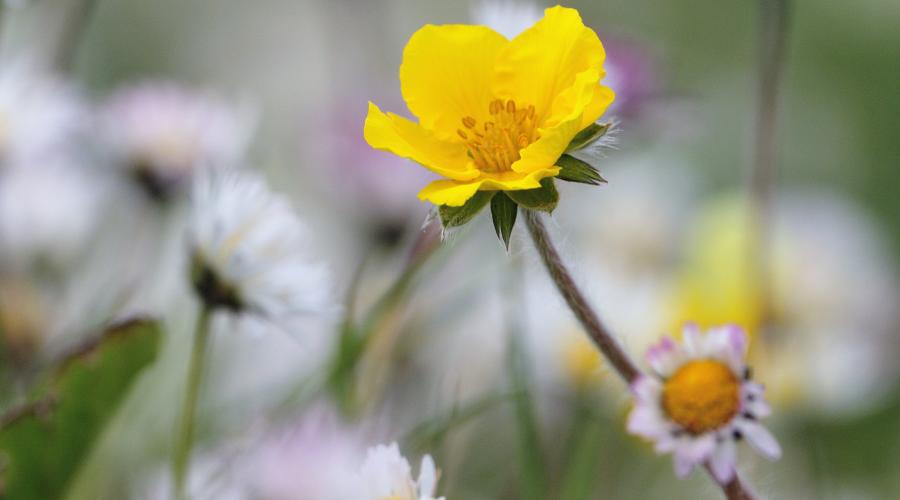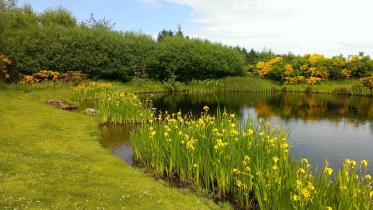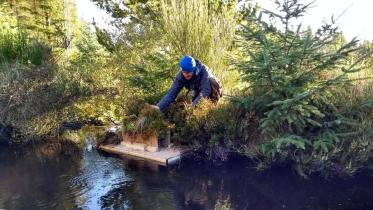
Sites of Special Scientific Interest (SSSIs)
NatureScot designates Sites of Special Scientific Interest, which are the essential building blocks for nature conservation in Scotland.
Sites of Special Scientific Interest (SSSIs) are those areas of land and water that we consider best represent our natural heritage in terms of their:
- flora – i.e. plants
- fauna – i.e. animals
- geology – i.e. rocks
- geomorphology – i.e. landforms
- a mixture of these natural features
Scotland has 1,422 SSSIs, covering around 1,011,000 hectares or 12.6% of Scotland’s land area (above mean low water springs). Sites range in size from the very small, like Bo’mains Meadow SSSI, at just under a hectare, to the vast Cairngorms SSSI, which extends to more than 29,000 hectares.
Scotland’s national network of SSSIs forms part of the wider Great Britain SSSI series.
Many SSSIs are also designated as European sites – whether as Special Areas of Conservation or Special Protection Areas.
Find SSSIs in Scotland
Search for an SSSI in Scotland on SiteLink:
- by using the interactive map
- by entering the site name or local authority
Look up the SSSI Register to view for any Scottish SSSI:
- boundary map
- citation
- ORC list
Selection and designation
Site of Special Scientific Interest is a statutory designation made by NatureScot under the Nature Conservation (Scotland) Act 2004.
We have a duty, under section 3 of the Act, to notify as SSSIs areas of land we consider of special interest for their flora or fauna, geology or geomorphology.
We choose sites carefully after detailed survey and evaluation against the Joint Nature Conservation Committee criteria. Guidelines for the selection of biological SSSIs and guidelines for the selection of earth science SSSIs differ. For earth science (geological and geomorphological) features, their location within SSSIs is determined by the location of Geological Conservation Review (GCR) sites.
When we plan to notify a new SSSI, we contact all affected owners and occupiers to discuss our reasoning and how the designation would affect them. This is followed by a formal consultation process.
We may:
- amend the list of features for which an SSSI is notified (SSSI citation) at any time
- review the list of operations requiring consent (ORC list) every six years
- reconsider the scientific case for an SSSI every 10 years – at the request of owners and/or occupiers of land within the SSSI
We have reviewed all SSSI citations and ORC lists since 2005.
Protection and management
It is an offence for anyone to intentionally or recklessly damage the protected natural features of an SSSI.
Most SSSIs are in private ownership and we work closely with their owners and managers to ensure:
- appropriate management of a site’s natural features
- that all decision-makers are aware of the designation when considering changes in land use or other activities that might affect an SSSI
NatureScot must provide each SSSI owner and occupier with a site management statement. This describes the interest of the site and explains the management needed to conserve its protected natural features.
You can access site management statements for all SSSIs via SiteLink.
Read our Sites of Special Scientific Interest booklet for owners and occupiers of SSSIs.
Anyone who manages an SSSI may also be eligible for funding through the Scottish Rural Development Programme (SRDP).
Operations requiring consent
Owners and occupiers of land within an SSSI must apply to NatureScot for consent to carry out certain operations. These are set out in the ORC list, which we send to owners, occupiers and other interested parties.
Full information on operations requiring consent and applying for consent can be found on the SSSI Consent page.





